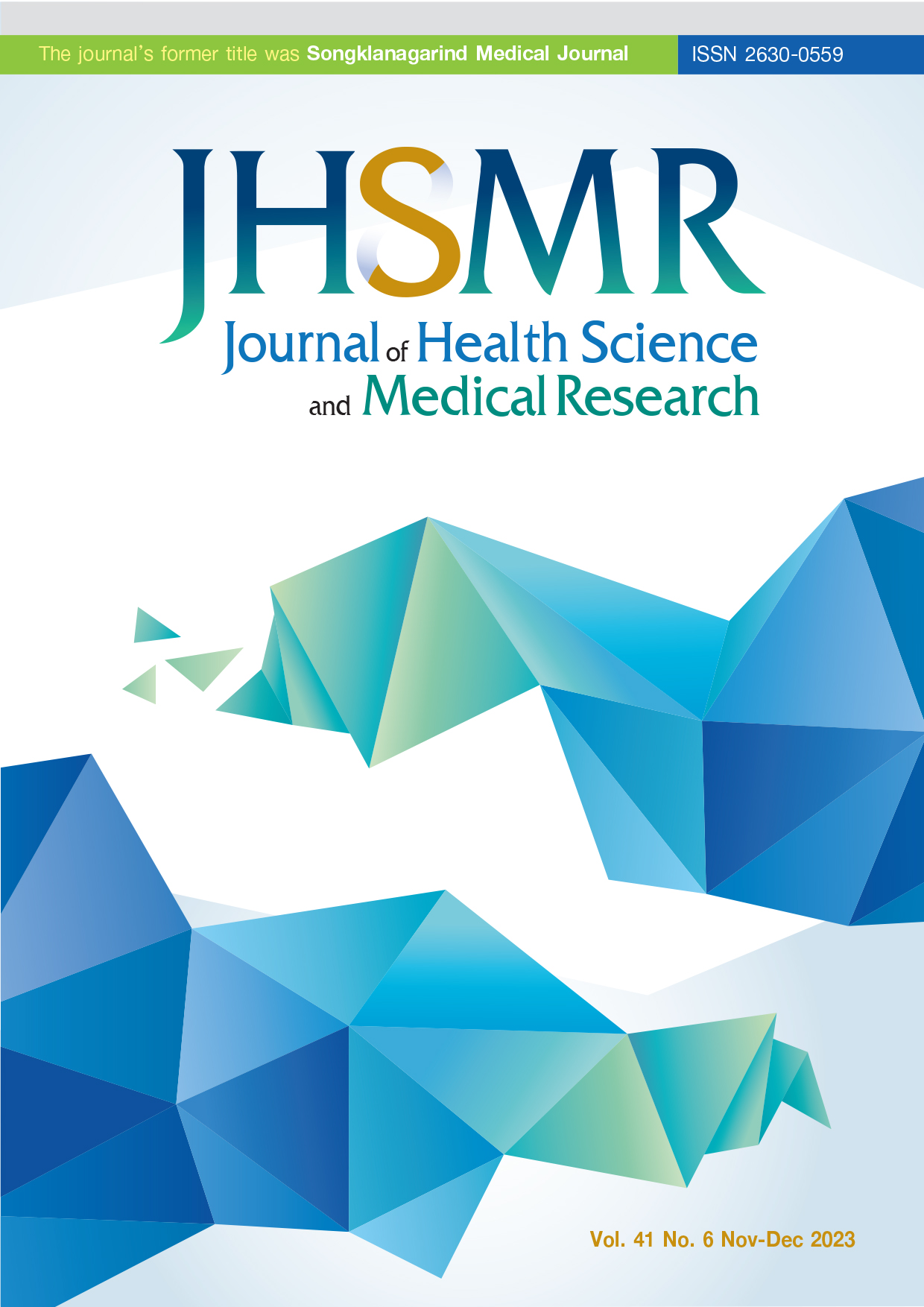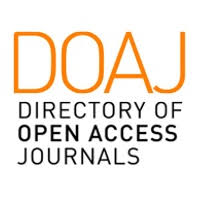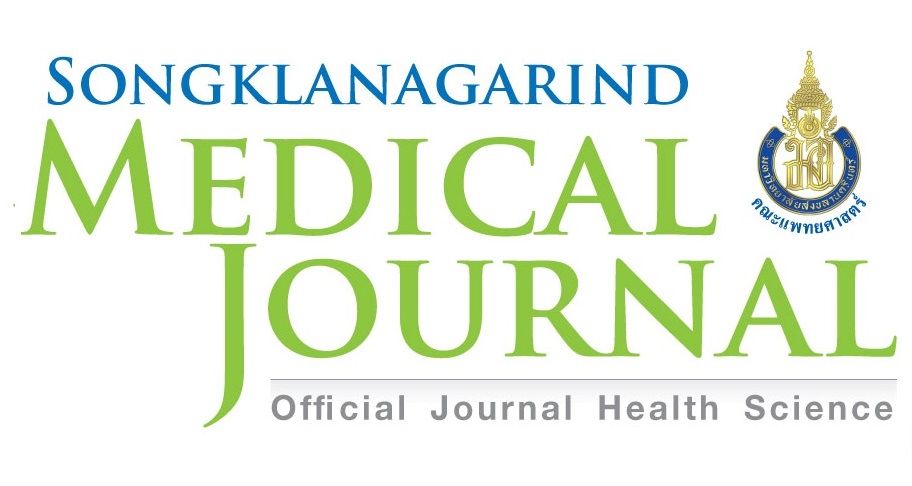Risk Factors and Surgical Site Infection in Patients with Surgical Antibiotic Prophylaxis in the Indian Population: A Prospective Cohort Study
DOI:
https://doi.org/10.31584/jhsmr.2023971Keywords:
antibiotic prophylaxis, deep wound, superficial wound, surgical site infectionAbstract
Objective: To assess the risk factors and Surgical Site Infections (SSI) in patients with surgical antibiotic prophylaxis (SAP) within the Indian population.
Material and Methods: A prospective cohort study, consisting of 1,362 patients, with the age of 18 and above; admitted for various surgical procedures, and prescribed with SAP were included. In order to determine the significance of categorical data, the chi-square test, and Multiple binary logistic regression via the backward wald method was used to identify the risk factors. Various risk factors and their association to SSI were assessed, with a probability value of ≤0.05 being considered as a significant level.
Result: In total, 171 SSI were observed; with an incidence of 12.6% [95% CI=11.1-16.6] among all study patients (1,362). Cefotaxime was the most prescribed SAP in this study. In total 59.6% had gram-positive organisms and 40.4% had gram-negative organisms. Type of surgery, female gender, smoking and alcohol, diabetes with hypertension, microbial growth, American Society of Anesthesiologists (ASA) score (class III), hospital guidelines, and pre-operative hospital stays (>7 days) were the significant risk factors (p-value<0.05) associated with SSI. There was no significant association with drain use, nor redosing (p-value>0.05).
Conclusion: This study emphasizes the significant risk factors; such as age, female gender, types of surgery, ASA score, nonadherence to hospital guidelines, monomicrobial and polymicrobial growth and poor compliance to SAP being associated with SSI in surgical patients. These risk factors allow a better understanding related to SSI, which may have therapeutic implications.
References
Surgical site infections: prevention and treatment. London: National Institute for Health and Care Excellence (NICE); 2020.
Allegranzi B, Bischoff P, Kubilay Z, de Jonge S, Zayed B. Global guidelines for the prevention of surgical site infection. Geneva: World Health Organization; 2016.
Mehtar S, Wanyoro A, Ogunsola F, Ameh EA, Nthumba P, Kilpatrick C, et al. Implementation of surgical site infection surveillance in low- and middle-income countries: a position statement for the International Society for Infectious Diseases. Int J Infect Dis 2020;100:123–31.
Saravanakumar R, Pabitha Devi BM. Surgical site infection in a tertiary care centre-an overview - A cross sectional study. Int J Surg Open 2019;2:12-6.
Pathak A, Saliba EA, Sharma S, Mahadik VK, Shah H, Lundborg CS. Incidence and factors associated with surgical site infections in a teaching hospital in Ujjain, India. Am J Infect Control 2014;42:e11-5.
Bratzler DW, Dellinger EP, Olsen KM, Perl TM, Auwaerter PG, Bolon MK, et al. American Society of Health-System Pharmacists (ASHP): clinical practice guidelines for antimicrobial prophylaxis in surgery. Am J Health-Syst Pharm 2013;70:195–283.
World Health Organization. Protocol for surgical site infection surveillance with a focus on settings with limited resources [monograph on the Internet]. Geneva: WHO; 2018 [cited 2018 May 16]. Available form: https://www.who.int/infectionprevention/tools/surgical/SSI-surveillance-protocol.pdf
Van Kasteren ME, Mannien J, Ott A, Kullberg BJ, de Boer AS, Gyssens IC. Antibiotic prophylaxis and the risk of surgical site infections following total hip arthroplasty: timely administration is the most important factor. Clin Infect Dis 2007;44:921-7.
Onyekwelu I, Yakkanti R, Protzer L, Pinkston CM, Tucker C, Seligson D. Surgical Wound Classification and Surgical Site Infections in the Orthopaedic Patient. J Am Acad Orthop Surg Glob Res Rev 2017;1:e022.
Purba AKR, Setiawan D, Bathoorn E, Postma MJ, Dik JH, Friedrich AW. Prevention of Surgical Site Infections: asystematic review of cost analyses in the use of prophylactic antibiotics. Front Pharmacol 2018;9:776.
De Jonge SW, Gans SL, Atema JJ, Solomkin JS, Dellinger PE, Boermeester MA. Timing of preoperative antibiotic prophylaxis in 54,552 patients and the risk of surgical site infection: a systematic review and meta-analysis. Medicine 2017;96:e6903.
Duclos G, Zieleskiewicz L, Leone M. Antimicrobial prophylaxis is critical for preventing surgical site infection. J Thorac Dis 2017;9:2826–8.
Sommerstein R, Atkinson A, Kuster SP, Thurneysen M, Genoni M, Troillet N, et al. Antimicrobial prophylaxis and the prevention of surgical site infection in cardiac surgery: an analysis of 21 007 patients in Switzerland. Eur J Cardiothorac Surg 2019;56:800–6.
Global Guidelines for the Prevention of Surgical Site Infection. Web Appendix 25, Summary of a systematic review on surgical antibiotic prophylaxis prolongation [monograph on the Internet]. Geneva: WHO; 2018 [cited 2020 Aug 5]. Available from: https://www.ncbi.nlm.nih.gov/books/NBK536429
Hussein AM, Farid M. Egyptian consensus for the use of antimicrobial therapy in preoperative prophylaxis, surgical site infections and diabetic foot infections. Egypt J surg 2020;39:1-10.
Mekhla, Borle FR. Determinants of superficial surgical site infections in abdominal surgeries at a Rural Teaching Hospital in Central India: a prospective study. J Family Med Prim Care 2019;8:2258-63.
Mu Y, Edwards JR, Horan TC, Berrios-Torres SI, Fridkin SK. Improving risk-adjusted measures of surgical site infection for the National Healthcare Safety Network. Infect Control Hosp Epidemiol 2011;32:970-86.
Hawn MT, Richman JS, Vick CC, Deierhoi RJ, Graham LA, Henderson WG, et al. Timing of surgical antibiotic prophylaxis and the risk of surgical site infection. JAMA Surg 2013;148:649-57.
Carvalho RLR, Campos CC, Franco LMC, Rocha AM, Ercole FF. Incidence and risk factors for surgical site infection in general surgeries. Rev Latino-Am Enfermagem 2017;25:e28-48.
Ling ML AA, Madriaga G. The burden of healthcare-associated infections in Southeast Asia: a systematic literature review and meta analysis. Clin Infect Dis 2015;60:1690-9.
Polly SM, Sanders WE Jr. Surgical infections in the elderly: prevention, diagnosis, and treatment. Geriatrics 1977;32:88-97.
Raymond DP, Pelletier SJ, Crabtree TD, Schulman AM, Pruett TL, Sawyer RG. Surgical infection and the aging population. Am Surg 2001;67:827-32.
Romana-Souza B, Assis de Brito TL, Pereira GR, Monte Alto-Costa A. Gonadal hormones differently modulate cutaneous wound healing of chronically stressed mice. Brain Behav Immun 2014;36:101-10.
Amrutham R, Madhu Mohan RB, Pyadala N. A prospective study of surgical site infections and related risk factors in a teaching hospital. Int Surg J 2017;4:237-41.
Boulton AJ, Armstrong DG, Albert SF, Frykberg RG, Hellman R, Kirkman MS, et al. Comprehensive foot examination and risk assessment: a report of the task force of the foot care interest group of the American Diabetes Association, with endorsement by the American Association of Clinical Endocrinologists. Diabetes Care 2008;31:1679-85.
Sorensen LT, Jorgensen S, Petersen LJ, Hemmingsen U, Bulow J, Loft S, et al. Acute effects of nicotine and smoking on blood flow, tissue oxygen, and aerobe metabolism of the skin and subcutis. J Surg Res 2009;152:224-30.
Bozic KJ, Lau E, Kurtz S, Ong K, Rubash H, Vail TP, et al. Patient-related risk factors for periprosthetic joint infection and postoperative mortality following total hip arthroplasty in medicare patients. J Bone Joint Surg 2012;94:794–800.
Willis-Owen CA, Konyves A, Martin DK. Factors affecting the incidence of infection in hip and knee replacement: an analysis of 5277 cases. J Bone Joint Surg 2010;92:1128-33.
Cheng H, Chen BP, Soleas IM, Ferko NC, Cameron CG, Hinoul P. Prolonged Operative duration increases risk of surgical site infections: a systematic review. Surg Infect (Larchmt) 2017;18:722-35.
Patel SM, Patel MH, Patel SD, Soni ST, Kinariwala D, Vegad MM. Surgical site infections: incidence and risk factors in a tertiary care hospital, Western India. Natl J Commun Med 2012;3:193-6.
Mujagic E, Marti WR, Coslovsky M, Soysal SD, Mechera R, von Strauss M, et al. Associations of hospital length of stay with surgical site infections. World J Surg 2018;42:3888-96.
Marchi M, Pan A, Gagliotti C, Morsillo F, Parenti M, Resi D, et al. The Italian national surgical site infection surveillance programme and its positive impact 2009 to 2011. Euro Surveill 2014;19:1-7.
Isik O, Kaya E, Dundar HZ, Sarkut P. Surgical site infection: re-assessment of the risk factors. Chirurgia (Bucur) 2015;110:457-61.
Saunders L, Perennec-Olivier M, Jarno P, LHeriteau F, Venier AG, Simon L, et al. Updated recommendations for control of surgical site infections. Ann Surg 2011;253:1082-93.
Shahane V, Bhawal S, Lele U. Surgical site infections: a oneyear prospective study in a tertiary care center. Int J Health Sci (Qassim) 2012;6:79-84.
Alsafrani TA, Alabbasi AA, Dabroom AA, Alhothali MM, Alresini KA, Aboalsamh GA, et al. The Effectiveness of Superficial Drain to Reduce Surgical Site Infection in Colorectal Surgery. Cureus 2021;13:e17232.
Alamrew K, Tadesse TA, Abiye AA, Shibeshi W. Surgical antimicrobial prophylaxis and incidence of surgical site infections at Ethiopian tertiary-care teaching hospital. Infect Dis (Auckl) 2019;12:1178633719892267. doi: 10.1177/1178633719892267.
Zanetti G, Giardina R, Platt R. Intraoperative redosing of cefazolin and risk for surgical site infection in cardiac surgery. Emerg Infect Dis 2001;7:828-31.
Peter N, Cherian N, Thomas S, George S, Sundresh N. Study of prescribing pattern and use of antibiotic in the management of wound infection. Asian J Pharmaceut Clin Res 2017;10:210-13.
Negi V, Pal S, Juyal D, Sharma MK, Sharma N. Bacteriological profile of surgical site infections and their antibiogram: a study from resource constrained rural setting of Uttarakhand State, India. J Clin Diagn Res 2015;9:17-20.
Downloads
Published
How to Cite
Issue
Section
License

This work is licensed under a Creative Commons Attribution-NonCommercial-NoDerivatives 4.0 International License.
























